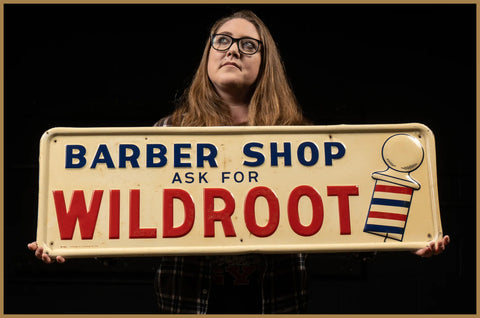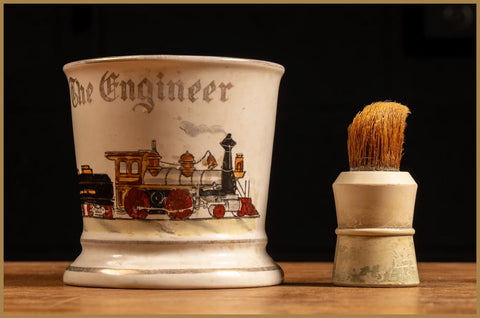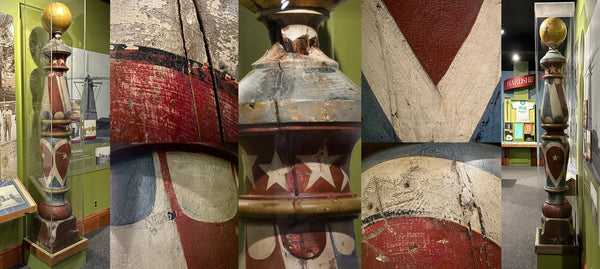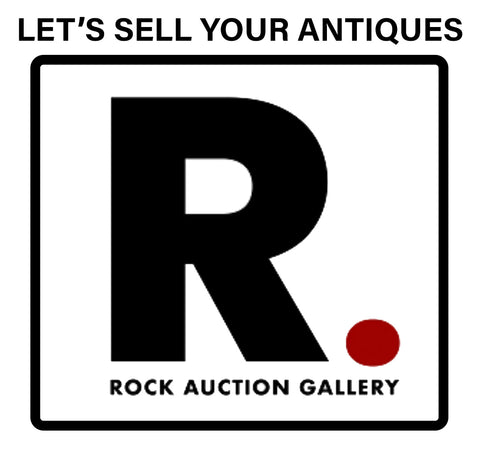"THE HUMOR OF IT"
As mentioned in a previous blogpost HERE, many practices from the Hellenistic period made its way into the Middle Ages, one of which was Humorism, the belief that the balance of the body was determined by the regulation of a person’s fluids. It was even written about by William Shakespeare. One of these was blood that was “replenished” by allowing leeches to drain the blood from a person experiencing ailment. This is known as bloodletting, and as seen in the pics below along from a vein chart from the 1310s A.D. For the most common procedures involving the arms, one would hold on to small poles during the procedure, allowing blood to flow into a designated container. When it was over, the poles were washed (maybe) and set outside to dry while acting as advertisement to a largely illiterate community that this shop was where one could get their ailments healed.
Over time, it made more sense to have permanent visual advertisement outside a barbershop that would remain in place day or night, that could be seen from a distance. This meant that the thin hand-held poles were replaced with larger, more bulky poles, and the faded/dried blood was replaced with red paint spiraling down a white pole. No matter who you were, where you were from, or what language you spoke, seeing a white pole with cascading red paint alerted you to exactly what that business did. It’s also where we get many of our other universal symbols for trades including the Rx for druggists and the three floating balls for pawn shops.
BARBERS V. SURGEONS
It was King Henry VIII (1491–1547) who joined surgeons and barbers into one union, called the Masters and Governors of the Mystery and Commonalty of the Barbers of London. How that went is described succinctly in this quote from the “Souvenir of the centenary of the Royal college of surgeons of England, 1800-1900.”
THE first incorporation of Physicians and Surgeons into a distinct body, having for its object the effective control of those who practised [sic] Medicine and Surgery, took place in the year 1423. Previously to this, however, there had existed in London, from time immemorial, a Guild of Surgeons who had maintained a superiority over the Guild of Barber-Surgeons but had remained unincorporated. The conjoint Faculty of Medicine and Surgery of 1423 did not exist long, and soon after its dissolution the Surgeons formed themselves into a corporate body with a code of laws. This association consisted principally of Military Surgeons, who formed a separate Guild or Fellowship, numerically small, but distinct from the Barber-Surgeons, who had been incorporated in the first year of the reign of King Edward IV. They were licensed to practise [sic] by the Bishop of London or the Dean of St. Paul's, and they remained a separate body until 1540, when they joined with the Barber-Surgeons under a Royal Charter granted by King Henry VIII., under the name of the "Masters and Governors of the Mystery and Commonalty of the Barbers of London."
The union of the Surgeons and the Barbers lasted two hundred years, though not without a feeling on the part of the Surgeons that their union with the Barbers was disadvantageous, and in 1684 they petitioned the King to dissolve the union. But matters remained as they were until 1744, when a Bill was brought before Parliament to make the Surgeons and the Barbers of London into distinct Corporations. This Bill received the Royal Assent on May 2, 1745.
THE BLUE STRIPE
Though the surgeons and “barber-surgeons” were combined into one union, their advertised practice was separated by color - red and white would remain for the barbers while blue and white would be for surgeons. Why blue? Most of the possible explanations come from a mixture of medical confusion and aristocracy. For medical confusion, it was believed that because veins look blue through the skin, that blood was blue inside the body, only turning red when it touched air. For the aristocracy, during Christian colonization, the Spanish had the term "sangre azul" (literally, blue blood) to refer to pure Castilian families with no Muslim, Jewish, African, or Indigenous blood in their lineage. The combination of ignorance and arrogance quickly found its way to the ruling class across Europe, and the “blue bloods” who could afford “proper” surgeons.
As mentioned in our Non-Binary History blog post HERE, the rise of germ theory caused humoral medicine to fall out of favor with the public, and practices like bloodletting were no longer in demand. Although the Surgeon and Barber union of London lasted until 1745, barbers still mostly used only red and white stripes for their advertising poles, and though in the ever-expanding United States, it seemed more patriotic to have the red, white, and blue stripes for their barbershops, especially out in the western frontier.
HOW MUCH ARE BARBER POLES WORTH?
Did you find an old antique barber pole? Well, the older they are, and the bigger they are, the more valuable they are. On the far left in the pic below (you can click to enlarge) is a wall-mounted Koken Barber pole that sold on eBay for $2,995.00 on December 28, 2023. Koken was a company out of St. Louis, Missouri and was most known for their innovative hydraulic reclining barber chairs. Koken also made the stunning stained glass barber pole in the second pic that was once in our shop, and very recently sold for $5,800.00.
The third pole in the pic above is a 78” tall barber pole manufactured by Theo. A. Koch, a local Chicago company. It sold at auction for $3,600.00 on January 25, 2023. The far right is a wooden pole from the late 1800s, it stands 95" high, and sold for $4,920 on August 10, 2014. That same pole in 2024 would likely sell from between $8-10,000.
Email Subscribers: Use code WG33 for 20% off this weeks select wares.
Wood barber poles in decent shape can be difficult to find. But, as our neighbors at the Elmhurst History Museum have demonstrated, with a little love from The Conservation Center, a massive pole like the one below is still a stunning display piece. The Center has THIS website about getting it ready to display. This falls under the “name your price” category, with a value somewhere over the $15,000 mark. It was originally found in a local resident’s barn.
A good takeaway here: Next time your grandparents ask for help cleaning out their barn, make sure you say “yes.” You never know what fantastic pieces of history you might find. When you do, you know how to email us with pics.















Leave a comment